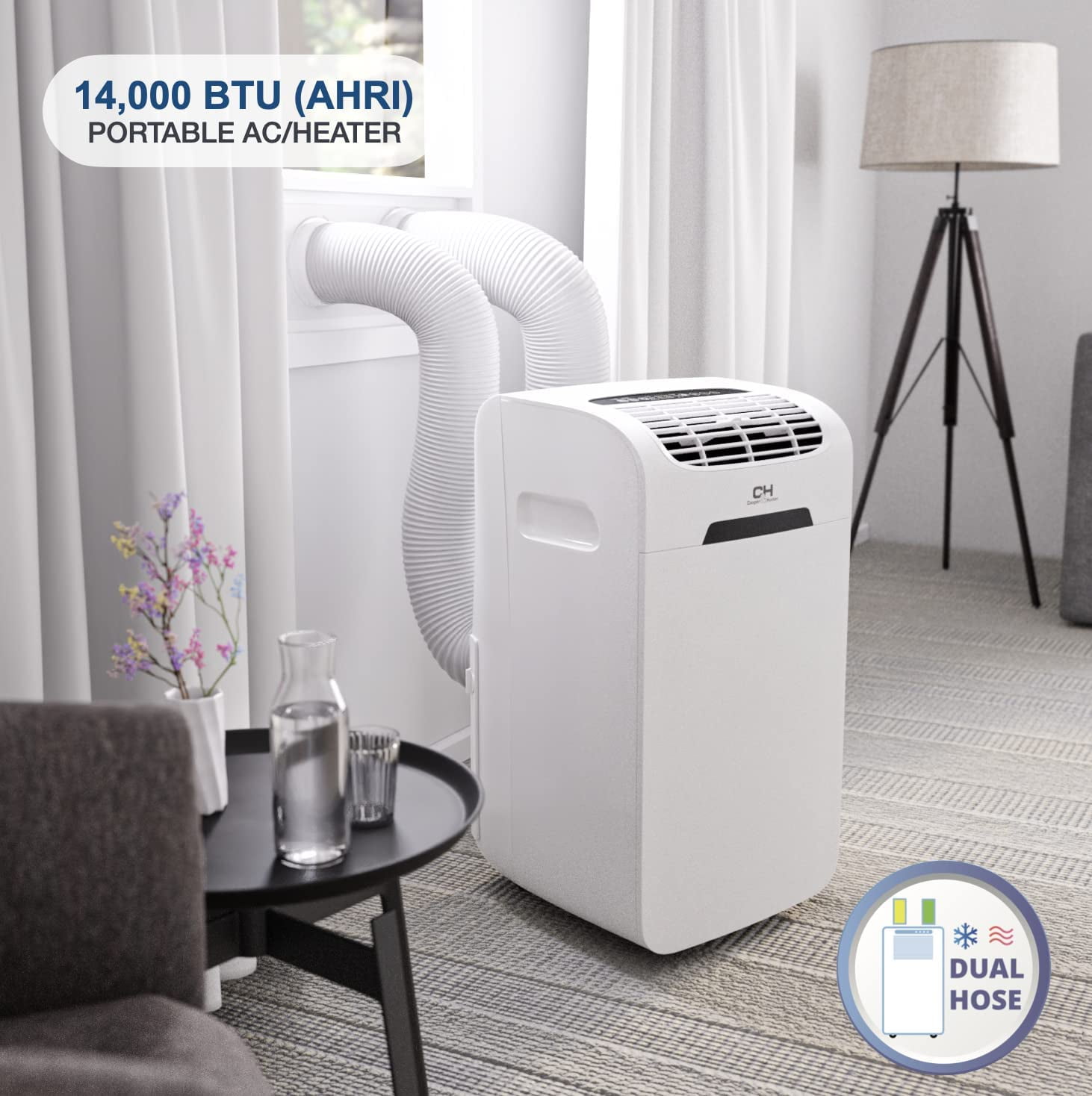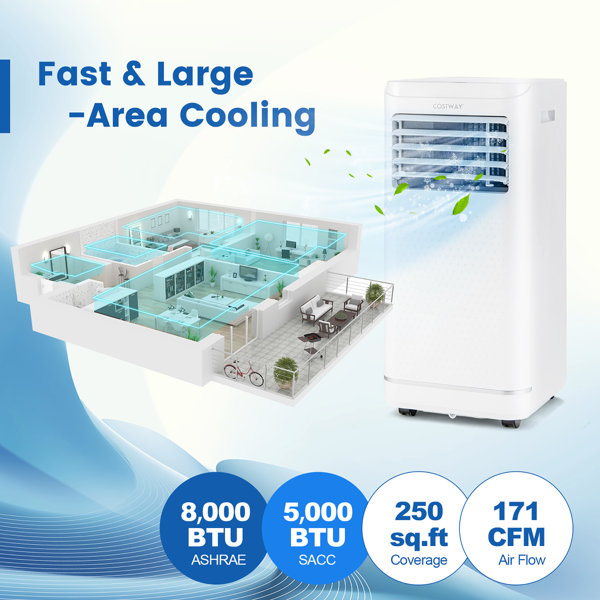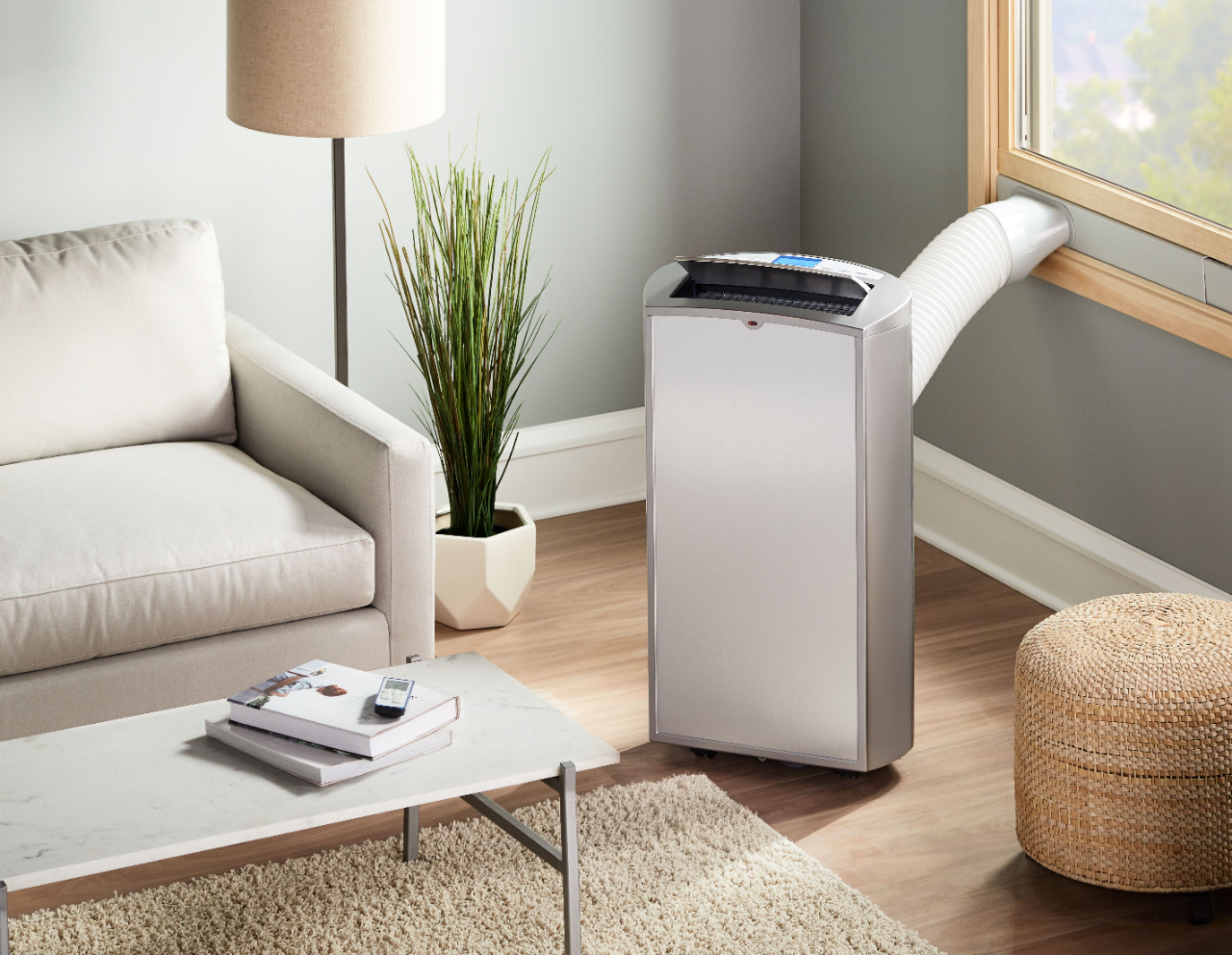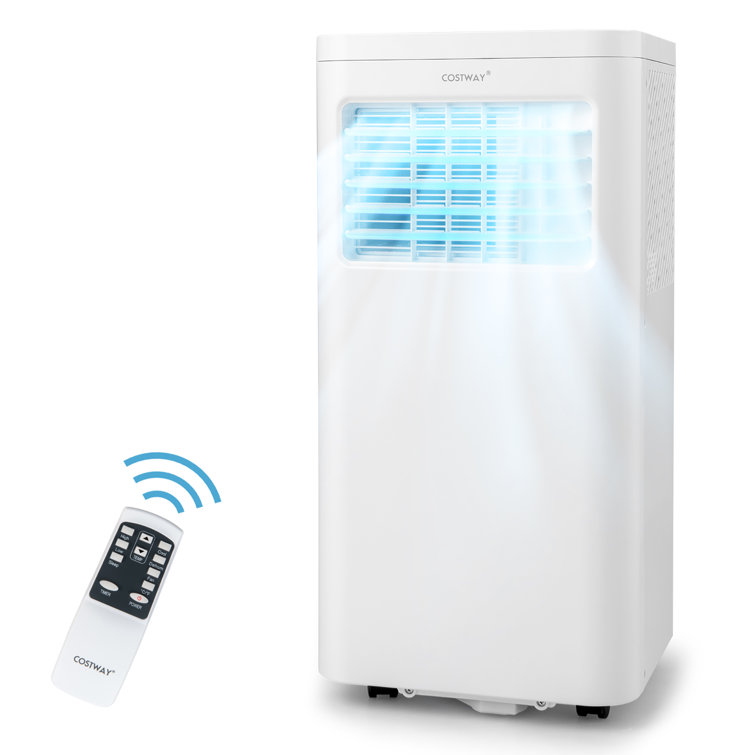Portable Air Conditioner For 1500 Square Feet

As scorching summers become the new normal, exacerbated by the looming threat of climate change, the demand for effective and affordable cooling solutions is skyrocketing. Central air conditioning systems, while powerful, can be prohibitively expensive to install and operate, leaving many homeowners and renters searching for alternatives. A particular niche gaining traction is the portable air conditioner designed to cool larger spaces, specifically those around 1500 square feet.
This article delves into the burgeoning market of portable air conditioners capable of cooling 1500 square feet, exploring their efficacy, energy consumption, cost considerations, and user experience. We'll examine the technology behind these units, compare them to traditional cooling methods, and offer guidance for consumers navigating this increasingly complex landscape. The focus is on providing a balanced perspective, acknowledging both the benefits and limitations of these portable cooling solutions.
The Allure of Portable Cooling
Portable air conditioners offer flexibility that central AC units lack. They require no permanent installation, making them ideal for renters or homeowners who want to avoid extensive renovations.
These units can be easily moved from room to room, providing targeted cooling where it's needed most. This localized cooling can lead to significant energy savings compared to cooling an entire house with a central system.
The market for portable air conditioners has exploded in recent years, with manufacturers touting increasingly powerful and energy-efficient models. But do these claims hold up under scrutiny, especially when considering units designed for larger spaces like 1500 square feet?
Understanding BTU and Cooling Capacity
The cooling capacity of an air conditioner is measured in British Thermal Units (BTU). A BTU represents the amount of energy required to raise the temperature of one pound of water by one degree Fahrenheit.
For a 1500 square foot space, experts typically recommend a portable air conditioner with at least 25,000 to 30,000 BTU. However, this is a general guideline, and several factors can influence the required BTU rating.
Factors include the room's insulation, ceiling height, window size and orientation, and the number of occupants. Rooms with poor insulation or large, sun-facing windows will require a higher BTU rating to achieve the desired cooling effect.
Energy Efficiency and Cost Considerations
While portable air conditioners offer potential energy savings over central AC, it's crucial to consider their Energy Efficiency Ratio (EER) and Combined Energy Efficiency Ratio (CEER).
The EER measures the cooling output in BTU per hour divided by the power input in watts. A higher EER indicates greater energy efficiency.
CEER includes standby power consumption and other factors, providing a more realistic assessment of energy use. Consumers should compare EER and CEER ratings when selecting a portable air conditioner to minimize energy consumption and lower electricity bills.
The initial cost of a portable air conditioner for 1500 square feet can range from $500 to over $1000, depending on the brand, features, and BTU rating. Beyond the purchase price, ongoing operating costs, primarily electricity consumption, must be factored in. Regular maintenance, such as cleaning or replacing filters, also contributes to the total cost of ownership.
Installation and User Experience
One of the key advantages of portable air conditioners is their ease of installation. Most units come with a window venting kit that allows hot air to be exhausted outside.
However, proper installation is crucial for optimal performance. Gaps around the window vent can allow hot air to leak back into the room, reducing the unit's efficiency. Some users find the window venting process cumbersome and aesthetically unappealing.
Noise levels are another important consideration. Portable air conditioners can be noisier than central AC systems, especially at higher fan speeds. Consumers should check the unit's decibel rating before purchasing, particularly if they are sensitive to noise.
Comparing Portable AC to Other Cooling Options
Central air conditioning remains the gold standard for whole-house cooling, offering superior performance and energy efficiency compared to portable units, when properly sized and maintained. However, the high upfront cost and complex installation make it inaccessible for many.
Window air conditioners are another alternative, offering a balance between cost and performance. While more powerful than smaller portable units, they are less flexible and can obstruct windows.
Evaporative coolers, also known as swamp coolers, are an energy-efficient option for dry climates. They work by evaporating water to cool the air, but they are ineffective in humid conditions. According to the U.S. Department of Energy, evaporative coolers are best suited for regions with low humidity.
The Future of Portable Cooling
The market for portable air conditioners is expected to continue growing as climate change drives up temperatures and energy costs. Manufacturers are innovating to improve energy efficiency, reduce noise levels, and enhance user experience.
Smart features, such as Wi-Fi connectivity and smartphone control, are becoming increasingly common, allowing users to remotely adjust settings and monitor energy consumption. Some models now incorporate advanced filtration systems to improve air quality, capturing dust, pollen, and other allergens.
Looking ahead, we can anticipate further advancements in portable air conditioning technology, including the development of more sustainable refrigerants and more compact, powerful units. As energy efficiency standards become more stringent, manufacturers will be under pressure to develop innovative cooling solutions that minimize environmental impact and reduce operating costs.
The choice between a portable air conditioner and other cooling options depends on individual needs, budget, and circumstances. While a portable unit for 1500 square feet can provide a viable solution for targeted cooling, it's crucial to carefully consider the BTU rating, energy efficiency, installation requirements, and noise levels. By conducting thorough research and comparing different models, consumers can make an informed decision that delivers effective cooling and maximizes energy savings. Furthermore, it is important to buy from reputable brands and read customer reviews to understand the real-world performance and reliability of these units.











+Portable+Air+Conditioner+for+200+Square+Feet+with+Remote+Included.jpg)






